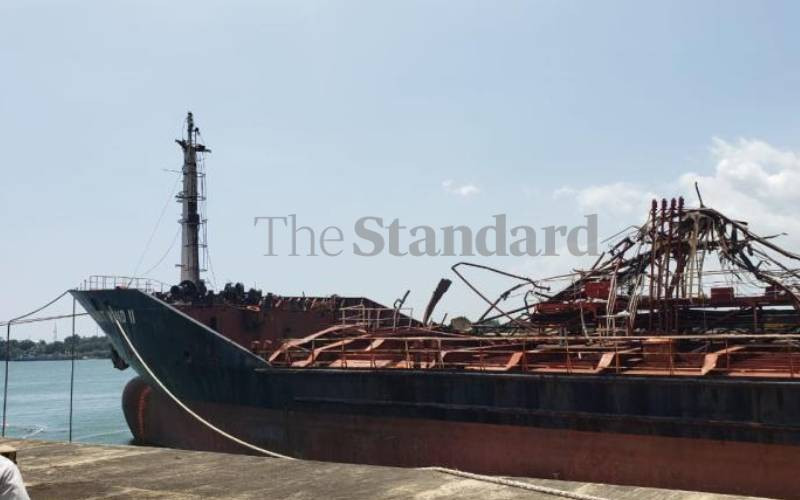×
The Standard e-Paper
Home To Bold Columnists

The explosion and flames from an oil tanker at the port of Mombasa on Boxing Day has sent a wave of panic in the maritime industry in the country.
While investigators have delved into the matter, industry players are not at ease since the real cause of the blast is yet to be established.